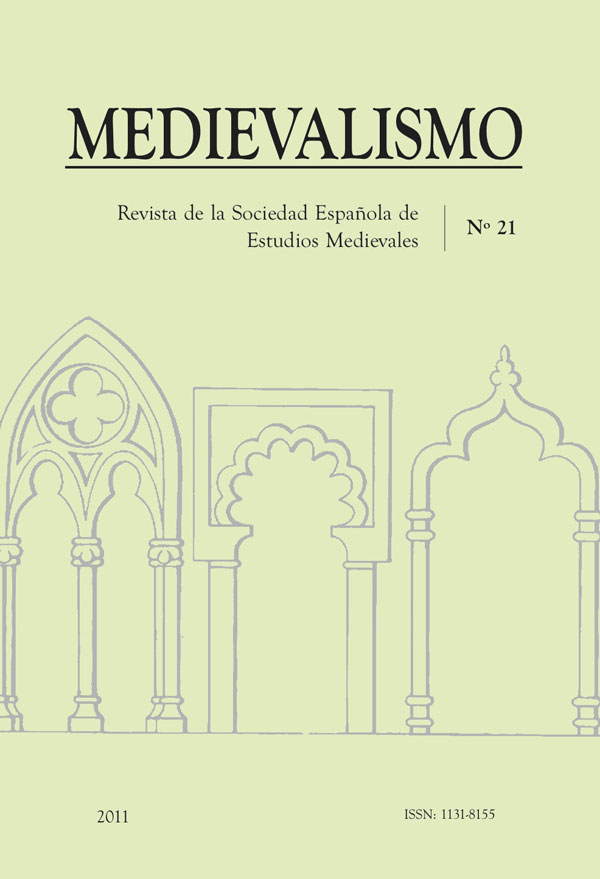The parliamentary projection of Aragonese lower nobility in the reign of Martin I (1396-1410)
Abstract
From the beginning of the 14th century, the Cortes (that is, the Parliament) of the Crown of Aragon counted on an element which made them different from other European assemblies: the cuarto brazo, or the commission of representatives which allowed the gentry to take part in the Cortes and, thus, to be close to the higher nobility, the ecclesiastical authorities, and the royal officers deployed in the most important cities and towns of the Kingdom. The main goal of this article is to determine the political activities undertaken by the low nobility during the reign of Martin I (1396-1410) through the analysis of their initiatives in the Cortes of Aragon held in Saragossa (1398-1400) and Maella (1404). To do so, this essay intends to identify who the most powerful knights and squires were, paying attention to their identity features and their social and family origin. Later on, this article focuses on the strategies developed by the knights to face the King’s demands, on how the knights related to the other three brazos, and on the complaints or greuges they lodged to the King.Downloads
Download data is not yet available.
Metrics
Views/Downloads
-
Abstract399
-
PDF (Español (España))392
Abella Samitier, J., & Lafuente Gómez, M. (2011). The parliamentary projection of Aragonese lower nobility in the reign of Martin I (1396-1410). Medievalism, (21), 139–159. Retrieved from https://revistas.um.es/medievalismo/article/view/156291
Varia









